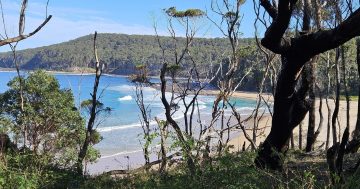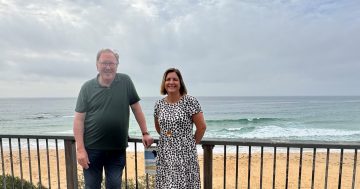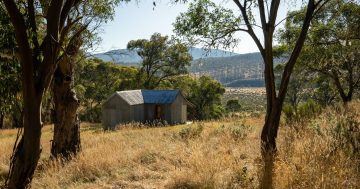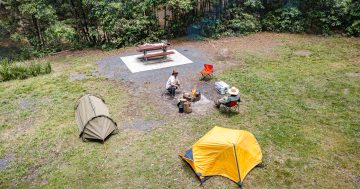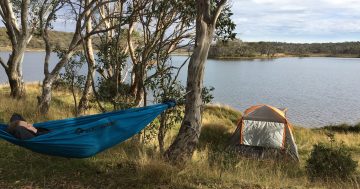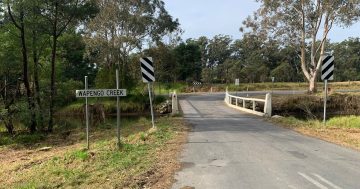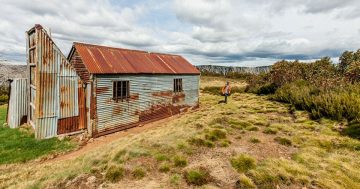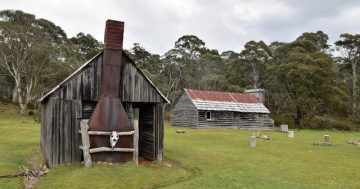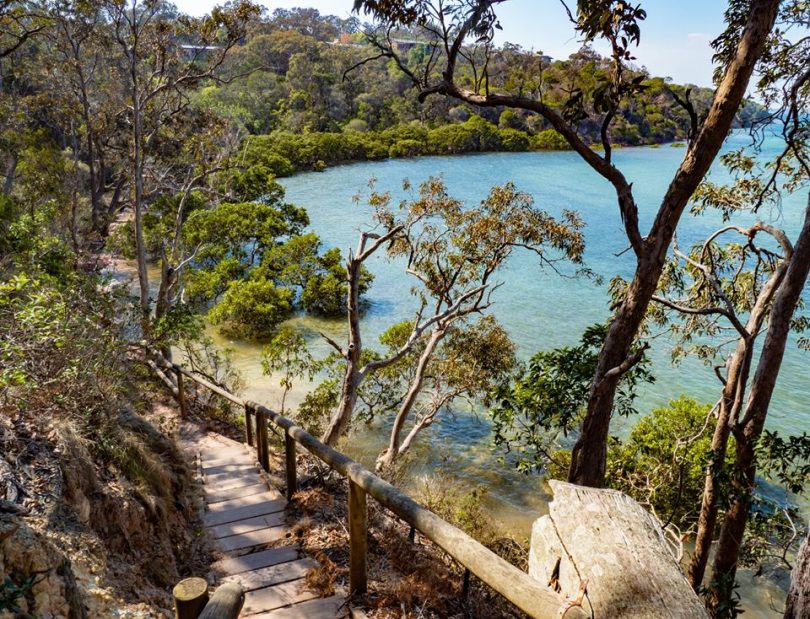
Saturday, 11 January, the walk from Rotary Park, just above Spencer Park to beautiful Bar Beach at Merimbula. Photo: Merimbula Visitor Information Centre.
The NSW Rural Fire Service lifted the fire-related tourist ban over the weekend, giving the all-clear for holidaymakers to return to coastal areas of the Shoalhaven, Eurobodalla and Bega Valley which have been impacted by fires.
But while tourists are encouraged to come back to coastal towns, all National Parks in the South Coast and Far South Coast remain closed while staff assess the damage and, in some cases, continue fighting active fires.
National Parks and Wildlife Service (NPWS) South Coast Branch Director Kane Weeks said many of the parks had been closed to the public for some time, even before active fire was in the region, due to dryness and the risk of fire.
“Campgrounds, tracks, trails and picnic areas on the South Coast are all closed, including popular sites in Ben Boyd National Park, Mimosa Rocks National Park, Eurobodalla National Park, Murramarang National Park and Budderoo National Park,” Mr Weeks says.
The south section of Ben Boyd National Park has been impacted by fire, visitor facilities have been damaged and fire suppression operations still continue in the park.
For parks no longer impacted by fires, National Parks will complete tree assessments on campgrounds and inspect the condition of the roads before they are opened, with visitor safety the priority.

National Parks, like Bournda National Park, pictured here, remain closed but visitors to the NSW coast can still visit beaches not in National Parks. Photo: Bournda National Park Facebook.
Manager of Economic Development at Bega Valley Shire Council Daniel Murphy says that despite there being limitations to what tourists can do due to Park closures, those who have a history and love for holidays on the Sapphire Coast can make a meaningful contribution to the region in the wake of the bushfires.
“Our message to future visitors is to keep us in your thoughts over the coming weeks and months as you plan your holidays,” he says.
“We are staying close to our local tourism operators and other small businesses in the region, ensuring they have the support they need as they manage the financial and emotional impacts of lost revenue during a traditionally buoyant time.”
While a number of national parks on the south coast are not directly fire impacted, they will remain closed while NPWS staff are heavily involved in fire-fighting.
Mr Weeks says that NPWS is a key support agency for bushfire response and has more than 1,000 trained firefighters who work with the RFS and NSW Fire and Rescue.
Meanwhile, NSW Police have asked visitors to respect the privacy of residents who have lost homes by avoiding fire-affected areas.
They ask that visitors don’t become ‘fire tourists’ and to remember that just because a building is burnt, it doesn’t mean it’s not still someone’s home and property.
There are still fires burning along the coast and RFS Inspector Angus Barnes says that weather conditions are changeable so tourists should stay up to date with fire conditions using the Fires Near Me and Live Traffic applications.
NPWS aims to have national parks not impacted by fire open in the coming weeks, as soon as they have available staff.
If you’re keen to support fire-affected towns, visitors are requested to take an #emptyesky and purchase perishables from local businesses along the way.







